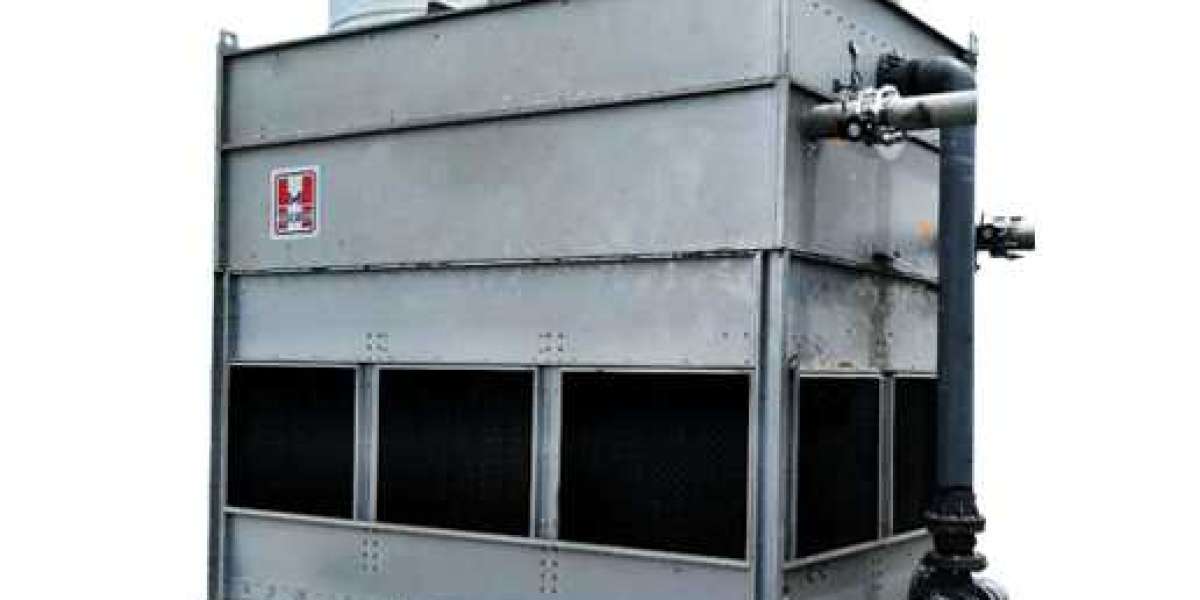When cooling towers are certified for designed cooling performance, hey are certified based on how they will be delivered from the factory without filtration. Increasing capacity and efficiency beyond its design usually requires a design change commonly requiring resizing the fans/ water supply and/or adding more modular cells. One thing is certain, the cleaner the Fill/Strainers and Heat Exchangers are kept, the better and more efficient the cooling will be — this of course means that ongoing maintenance is critical for optimal cooling tower performance no matter its designed capacity. Because cross flow cooling towers are gigantic air scrubbers that captures airborne debris floating past the draft zone — the debris can circulate and clog the fill, plug strainers, heat exchangers and blow-down valves, restricting water-flow and causing significant loss in cooling capability. It’s important to realize that optimizing the ecology and operational efficiency of a cooling tower is best accomplished by combining good physical maintenance with a chemical water treatment regimen and some form of filtration. Chemical treatment specifically targets organic matter, suspended solids/bacteria/water PH and conductivity, while filtration systems are designed to capture larger debris that can impact cooling performance.
There are two general technologies used for filtration: Side Stream Water Filtration and Air Intake Filtration Systems (also called Cottonwood Filter Screens). Engineers designing NEW cooling systems or retrofitting existing systems, should understand that in most towers, over 90% of fouling is a direct result of airborne debris being pulled into the cooling tower. If you are considering a cooling system which includes Side Stream Water Filtra-tion, it’s important to realize that it won’t protect the Fill Pack, nor fully protect Strainers and Heat Exchangers — it is there to help manage airborne and waterborne debris only AFTER it gets into the tower.







